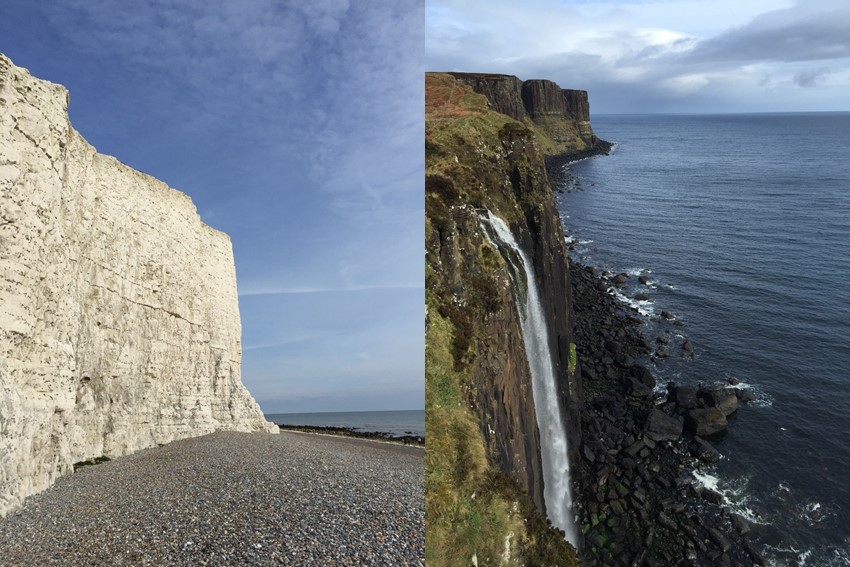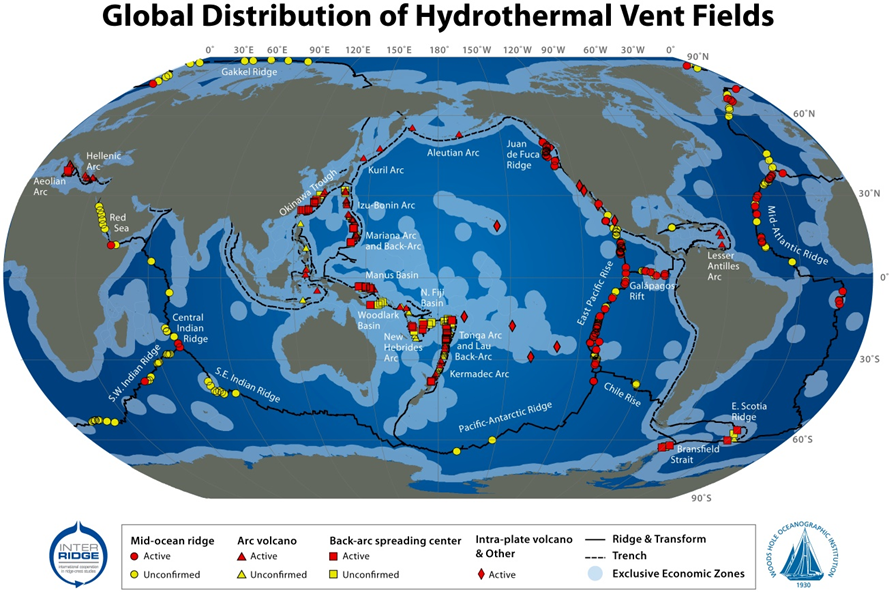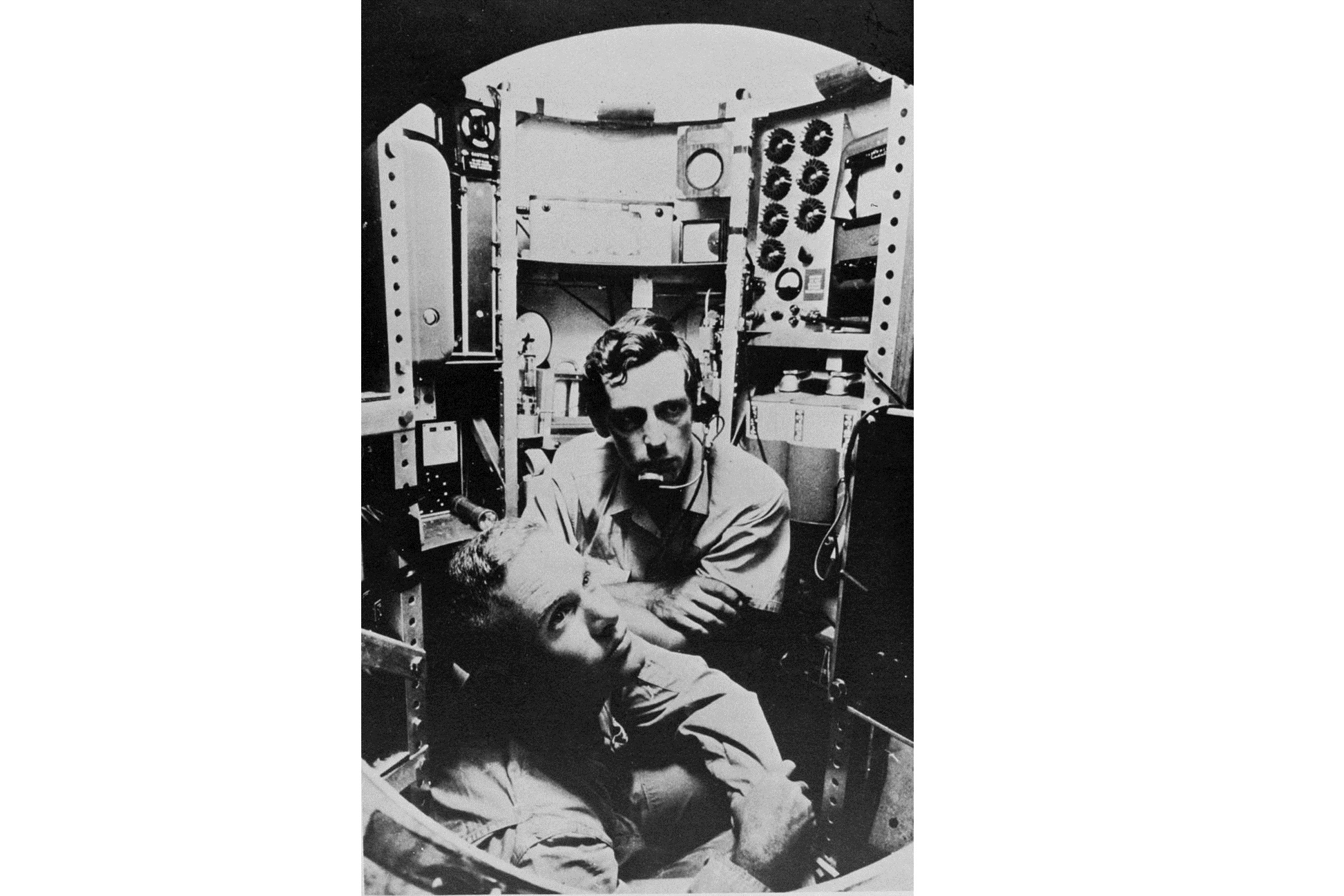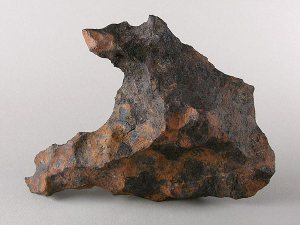
A puzzle from the past
If we take part in a road trip (while we miss this at the moment), do not fall asleep. See the rhythms of nature. Every single rock has a story.
A virtual tour: chalk cliffs vs. basalt columns
South England's coastline features chalk cliffs. Chalk is made of skeletons of coccoliths. They sank down on the seafloor from the sunlit waters above. The 100 meters cliff shows a 100 million years history - peaceful deposition during the Cretaceous followed by dramatic movement of land and sea.
Continue reading →




